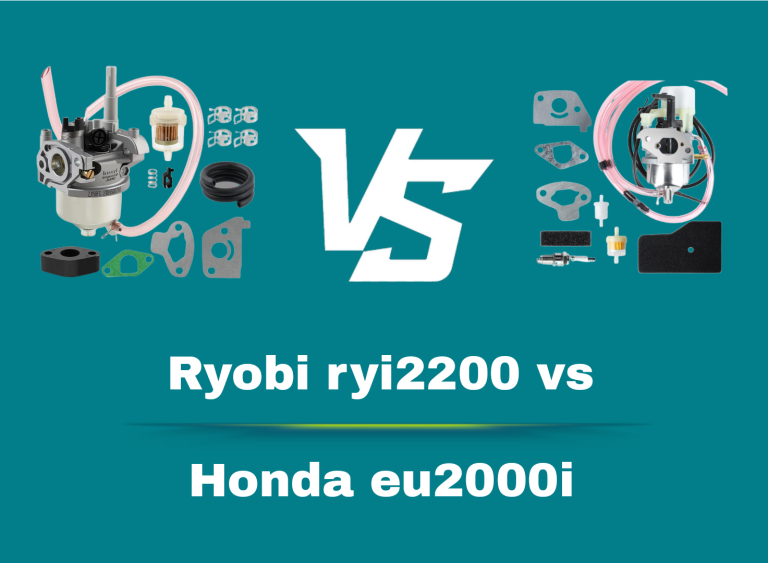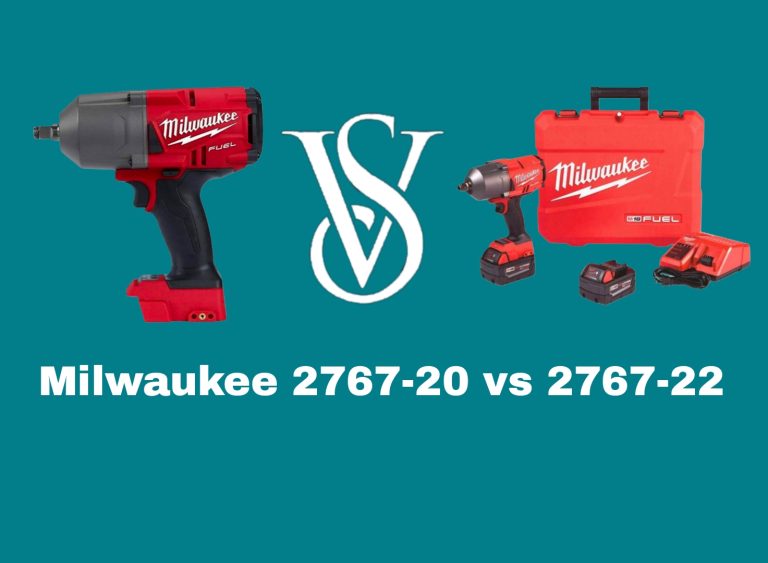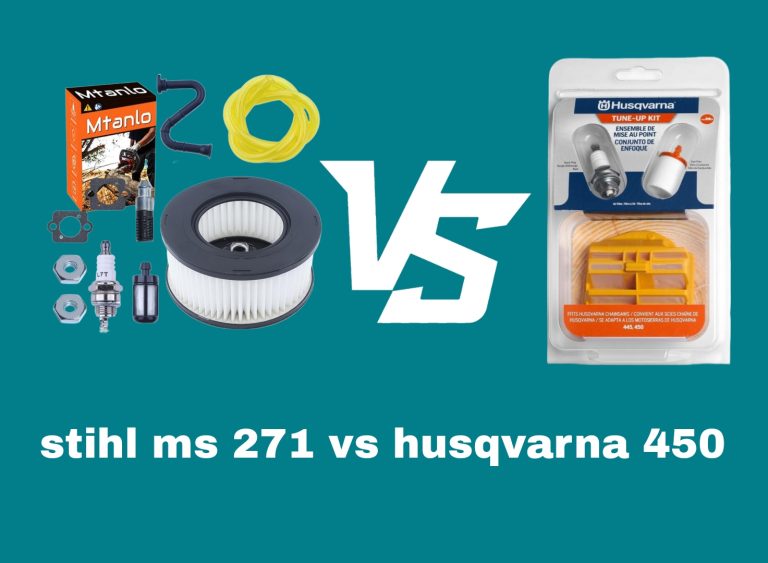DeWalt 20V Framing Nailer 21 Degree vs 30 Degree Nailer: the shape of the nail heads they accept.
Dewalt 20v Framing Nailer 21 Degree vs 30 Degree Nailer: The DeWalt 20V framing nailers are popular in the construction industry. Professionals trust them because they provide power, consistency, and portability. Among the lineup, the 21-degree nailer and the 30-degree nailer stand out.
The 21-degree nailer (DeWalt DCN920B) is known for reliability. It uses nails with full round heads, giving strong holding power. Many contractors prefer it for structural projects. Its slightly bulkier magazine design fits job sites where full nail heads are required.
The 30-degree nailer (DeWalt DCN930B) is also impressive. It offers higher magazine capacity and excellent maneuverability. This model uses clipped or offset round-head nails. Many professionals like it because of its compact angle, which fits tighter spaces.
Both tools share similar DNA. Each nailer runs on the DeWalt 20V battery platform, making them cordless and powerful. No gas cartridges are needed. Just charge the battery, load the nails, and work without interruption. Their brushless motors deliver consistent firing strength across different materials.
Contractors often ask which nailer is better for them. The answer depends on project needs. The 21-degree nailer fits situations where building codes demand full round-head nails. On the other hand, the 30-degree nailer works better for projects where efficiency, speed, and tighter angles matter.
Both models are rugged and built to handle heavy workloads. They reduce downtime by eliminating compressors and hoses. Each option also helps keep job sites cleaner and more organized. Their cordless design improves mobility, making them excellent for framing, decking, and remodeling work.
This guide will explore both tools in detail. You will see their strengths, weaknesses, and real-life performance. A side-by-side feature comparison is also included, helping you pick the right nailer for your needs. Let’s dive into the comparison.
Quick Comparison Table
| Feature | 21 Degree Nailer | 30 Degree Nailer |
|---|---|---|
| Nail Collation | Plastic strip ✅ | Paper strip |
| Job Site Cleanup | More plastic debris | Cleaner ✅ |
| Nail Heads | Full round head ✅ | Offset or clipped |
| Holding Power | Excellent ✅ | Very good |
| Maneuverability | Slightly bulkier | Slimmer body ✅ |
| Magazine Capacity | Lower capacity | Holds more ✅ |
| Availability | Widely available ✅ | Common but fewer stores |
DeWalt 20V Framing Nailer 21 Degree Overview
The DeWalt DCN920B 21-degree nailer is designed for professional framing. It uses full round-head nails, offering the strongest connection. This makes it a favorite in regions with strict building codes.
Pros
- Supports full round-head nails
- Reliable for structural framing
- Compatible with many 21-degree nails
Cons
- More plastic debris on site
- Lower magazine capacity
- Bulkier in tight spaces
Key Feature Summary
Best choice for building code compliance and heavy-duty framing projects.
DeWalt 20V Framing Nailer 30 Degree Overview
The DeWalt DCN930B 30-degree nailer offers greater magazine capacity and improved maneuverability. Its angled design makes it easier to work in cramped areas where a bulkier nailer may not fit.
Pros
- Higher magazine capacity
- Works well in tight spaces
- Less cleanup with paper collated nails
Cons
- Clipped or offset nails may not meet codes
- Less holding power than full heads
- Availability may vary
Key Feature Summary
Perfect for tight spaces and efficiency with larger magazine size.
Feature-by-Feature Comparison
Nail Collation
The 21-degree nailer uses plastic strip collation. Each nail is connected with a strip of plastic. This design is very common and easy to find at most stores.
Plastic strips break into pieces after firing. That means job sites may have more small debris on the floor. Crews need to clean these regularly to maintain safety.
The 30-degree nailer uses paper collated strips. Paper breaks down more cleanly, leaving less mess on the ground. Many professionals prefer this for faster cleanup.
Another benefit of paper strips is reduced jamming. The paper tends to slide smoothly through the magazine. This allows more consistent firing and fewer interruptions during framing.
Still, plastic strips remain cheaper and widely available. Contractors in some regions may find 21-degree nails easier to buy. The choice depends on availability and site rules.
💡 Tip
Use a magnetic sweeper on site if working with 21-degree nails. It saves time during cleanup.
Job Site Cleanup
Clean work areas improve safety and speed. The 21-degree nailer produces more plastic fragments. These can scatter across floors, creating minor hazards and extra sweeping time.
The 30-degree nailer is cleaner. Paper collation strips break apart neatly, often in larger pieces. Crews can gather and dispose of them faster, leaving less clutter behind.
Cleanup matters for efficiency. A crew working on multiple floors benefits from less debris. Reduced plastic also means less chance of slips and faster transitions between tasks.
Some supervisors prefer paper collated nailers just for this reason. Over weeks of work, small cleanup advantages save many hours. Cleaner sites also meet safety standards better.
So for crews working tight deadlines, the 30-degree tool provides an edge. The 21-degree remains fine, but expect more sweeping and attention to detail on the floor.
Nail Heads
The 21-degree nailer drives full round-head nails. These offer maximum holding power. Many building codes require them for structural applications like framing walls or roofs.
The 30-degree nailer uses offset round or clipped heads. These nails still provide strong performance but may not be accepted in areas with strict code rules.
Full round-head nails distribute force evenly. They are especially useful in hurricane zones or seismic regions where structures face higher stress levels.
Offset heads allow more nails to fit in a magazine. This is why 30-degree nailers typically hold more per load. But the trade-off is compliance in certain regions.
If you work in an area with strict inspectors, always confirm what nail type is approved. Choosing the wrong nail type can cause project delays or compliance issues.
Holding Power
Holding power decides how well nails keep materials together. The 21-degree nailer with full round-head nails delivers maximum grip. Each nail locks tightly into wood.
The 30-degree nailer still offers strong results. Offset or clipped heads hold well under typical loads. For most residential projects, this is more than enough strength.
Contractors building heavy structures often trust full heads. They provide extra security under weight or environmental stress. That makes the 21-degree model preferred for demanding jobs.
For general framing, decks, or remodeling, 30-degree nails are reliable. Only in specialized structural projects does the difference become significant.
Think of it as insurance. Full heads give peace of mind, while offset heads give efficiency. Both keep frames strong, but one offers a slight safety margin.
Maneuverability
The 21-degree nailer is bulkier. Its angle requires a larger magazine, which makes it harder to fit between tight studs or roof rafters.
The 30-degree nailer has a slimmer, more angled magazine. This allows workers to slide it into confined spaces. It improves reach in corners and awkward framing areas.
Contractors often prefer 30-degree nailers in attic spaces, crawl areas, and renovation work. Compact tools reduce strain when working overhead or inside narrow structures.
The 21-degree nailer remains excellent on open framing projects. Walls, floors, and outdoor decking give plenty of space, so bulk is not an issue.
For those working alone or in renovation crews, the 30-degree tool is easier to handle for long hours. Less bulk means less fatigue and quicker positioning.
Magazine Capacity
Magazine size affects productivity. The 21-degree nailer holds fewer nails per load. That means more reloading during long shifts of continuous framing.
The 30-degree nailer holds more. This advantage saves time on big projects like housing developments. Crews waste fewer minutes stopping to reload strips.
Over an entire day, this adds up. A few extra nails per strip may seem minor, but in large-scale framing, efficiency compounds quickly.
Contractors managing large crews often calculate reload times. Saving 10–15% on loading across dozens of workers translates to real cost savings.
Still, for smaller projects or homeowners, the difference may not matter. Both models perform well, but pros chasing speed appreciate the 30-degree nailer’s magazine edge.
Availability
Tool and nail availability matters. The 21-degree nailer nails are common in hardware stores. Full round-head nails are widely produced and stocked almost everywhere.
The 30-degree nailer nails are also common but may not be found in smaller towns. Paper collated offset strips are widely available online though.
Contractors who buy locally prefer 21-degree models. They can restock nails anytime, even mid-project. This reliability reduces delays and stress.
Those comfortable with online bulk orders enjoy the 30-degree nailer without issue. Larger cities usually stock both options. Rural crews may face challenges.
For best results, check your supply chain before choosing. The best nailer is the one you can keep supplied with nails consistently throughout the job.
Product A Detailed Review – DeWalt 20V 21 Degree Nailer
We tested the DeWalt DCN920B 21-degree nailer on a full framing project. It drove nails smoothly through dense lumber without hesitation. The tool felt strong and dependable from the first shot.
You will notice its weight and size immediately. It feels solid in hand, which inspires confidence for structural work. The bulk does mean tight areas require effort to reach.
On open wall framing, the tool excelled. Nails sank perfectly flush, reducing the need for follow-up hammering. The brushless motor delivered consistent depth control across materials.
The cleanup process revealed its drawback. Plastic strip fragments were scattered around the work area. Crews needed extra time sweeping to maintain safety standards.
Still, for contractors working under strict codes, this nailer is a lifesaver. Inspectors appreciate full round-head nails. Homeowners get stronger builds. Crews know their frames meet requirements every time.
☠️ Warning
Do not use non-approved clipped nails in this tool. It is designed only for 21-degree round-head strips.
Product B Detailed Review – DeWalt 20V 30 Degree Nailer
We tested the DeWalt DCN930B 30-degree nailer on a deck framing and remodel job. The slimmer design made an instant difference. It slid easily between joists and studs.
You will notice the angle improves comfort during overhead work. It balanced well and reduced fatigue. Workers felt less strain compared to bulkier models.
The magazine held more nails, so fewer reloads were needed. This increased speed on repetitive framing sections. Crews saved real time across the workday.
Cleanup was simpler. Paper collation meant fewer fragments scattered. The site looked cleaner, and workers moved freely without sweeping interruptions.
The main drawback appeared during code checks. Offset nails were questioned by inspectors. While strong enough for most projects, some regions require full heads, limiting use.
💡 Key Takeaway
Great for speed and comfort. Always confirm nail type approval before using on structural projects.
Ratings Table
| Category | 21 Degree Nailer | 30 Degree Nailer |
|---|---|---|
| ⚡ Power & Holding |
95%
|
88%
|
| 🔧 Maneuverability |
82%
|
93%
|
| 🧹 Cleanup Efficiency |
75%
|
92%
|
| 📦 Magazine Capacity |
80%
|
94%
|
FAQs
Which nailer is stronger?
The 21-degree nailer is stronger because it uses full round-head nails. These nails grip more securely and are often required in structural framing projects.
Which one fits in tight spaces better?
The 30-degree nailer fits better in tight spaces. Its angled magazine allows access between studs, rafters, and other compact areas more easily than the 21-degree model.
Which one needs less cleaning on job sites?
The 30-degree nailer requires less cleanup. Paper collated nails leave fewer fragments, while 21-degree nails with plastic strips scatter more debris on the ground.
Which one holds more nails in the magazine?
The 30-degree nailer has a larger magazine capacity. This means fewer reloads during large framing projects compared to the 21-degree nailer.
Which one is easier to find nails for?
The 21-degree nailer is easier to supply. Full round-head nails are available in most hardware stores, while 30-degree paper strips are more common online.
Final Verdict
Both DeWalt 20V framing nailers deliver strong results. The 21-degree model offers unmatched holding strength with full round-head nails. It is the best option for heavy structural work and strict building codes.
The 30-degree model stands out with higher magazine capacity, better maneuverability, and cleaner job sites. It works perfectly for remodeling, decking, and jobs where space is tight.
If your projects require compliance and maximum strength, pick the DeWalt DCN920B 21-degree nailer. If you want faster workflow and comfort in tighter framing, choose the DeWalt DCN930B 30-degree nailer.
- 21-degree nailer = Best for compliance and heavy-duty framing.
- 30-degree nailer = Best for speed, comfort, and tight areas.
- Both share the same 20V power and cordless freedom.









